
- For PC
- For MAC
- For Linux
- OS: Windows 10 (64 bit)
- Processor: Dual-Core 2.2 GHz
- Memory: 4GB
- Video Card: DirectX 11 level video card: AMD Radeon 77XX / NVIDIA GeForce GTX 660. The minimum supported resolution for the game is 720p.
- Network: Broadband Internet connection
- Hard Drive: 23.1 GB (Minimal client)
- OS: Windows 10/11 (64 bit)
- Processor: Intel Core i5 or Ryzen 5 3600 and better
- Memory: 16 GB and more
- Video Card: DirectX 11 level video card or higher and drivers: Nvidia GeForce 1060 and higher, Radeon RX 570 and higher
- Network: Broadband Internet connection
- Hard Drive: 75.9 GB (Full client)
- OS: Mac OS Big Sur 11.0 or newer
- Processor: Core i5, minimum 2.2GHz (Intel Xeon is not supported)
- Memory: 6 GB
- Video Card: Intel Iris Pro 5200 (Mac), or analog from AMD/Nvidia for Mac. Minimum supported resolution for the game is 720p with Metal support.
- Network: Broadband Internet connection
- Hard Drive: 22.1 GB (Minimal client)
- OS: Mac OS Big Sur 11.0 or newer
- Processor: Core i7 (Intel Xeon is not supported)
- Memory: 8 GB
- Video Card: Radeon Vega II or higher with Metal support.
- Network: Broadband Internet connection
- Hard Drive: 62.2 GB (Full client)
- OS: Most modern 64bit Linux distributions
- Processor: Dual-Core 2.4 GHz
- Memory: 4 GB
- Video Card: NVIDIA 660 with latest proprietary drivers (not older than 6 months) / similar AMD with latest proprietary drivers (not older than 6 months; the minimum supported resolution for the game is 720p) with Vulkan support.
- Network: Broadband Internet connection
- Hard Drive: 22.1 GB (Minimal client)
- OS: Ubuntu 20.04 64bit
- Processor: Intel Core i7
- Memory: 16 GB
- Video Card: NVIDIA 1060 with latest proprietary drivers (not older than 6 months) / similar AMD (Radeon RX 570) with latest proprietary drivers (not older than 6 months) with Vulkan support.
- Network: Broadband Internet connection
- Hard Drive: 62.2 GB (Full client)
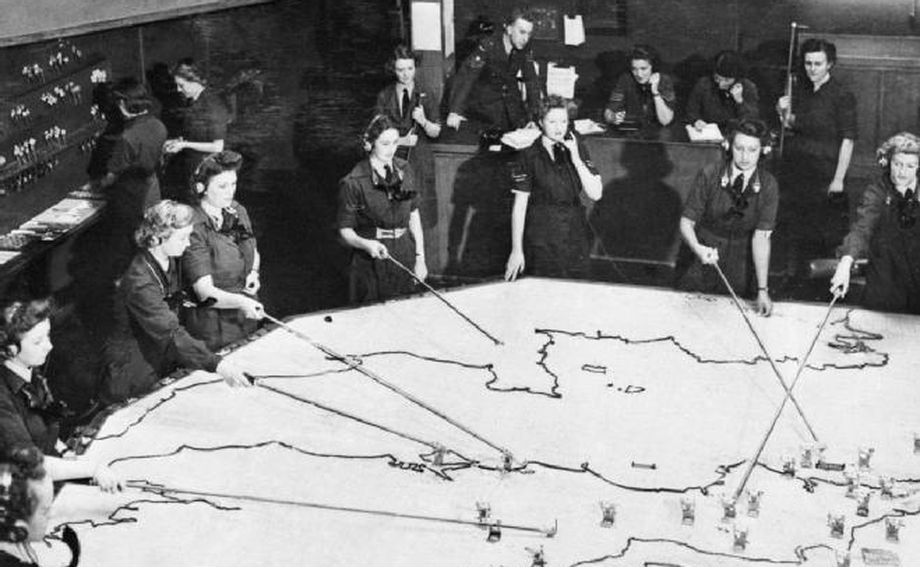
With females forming an increasing number of War Thunder players, today’s article looks back at the vital role of women in war. Today, women serve in a variety of branches in the militaries of many nations across the globe. However, even within living memory, women in the military were not afforded equal treatment or the same rights and privileges as their male counterparts, in the very limited and select number of branches they were permitted to join.
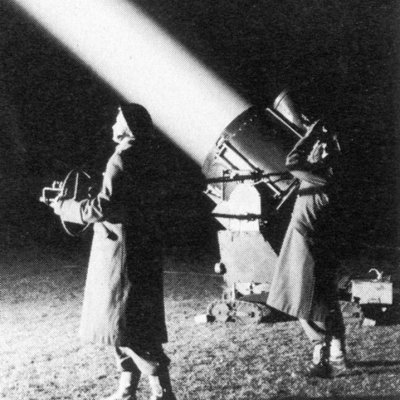 |
Two members of an ATS searchlight unit |
Whilst perhaps the most famous example of women in the military in the Second World War is in the fighting arms of the Red Army, the purpose of this article is to focus on the less well known exploits of women in the military on the western front. As even within these constraints this is still a huge subject, we will mainly focus on those roles relating to aviation.
Britain had employed some 100,000 women in all three armed forces during the First World War, but as soon as the requirement ceased with the end of hostilities, the role of women in the military was immediately terminated. With war clouds gathering on the horizon in the 1930s, several prominent women in the upper echelons of British society pushed for a return for women in the military, and in September 1938 the Auxiliary Territorial Service was formed. This was effectively a female branch of the Territorial Army; in April1939 the Women’s Royal Naval Service followed and finally the Women’s Auxiliary Air Force two months later. The terms ‘Wren’ and ‘Waaf’ are still occasionally colloquially used in the RN and RAF today, even though women are now no longer segregated into different services.
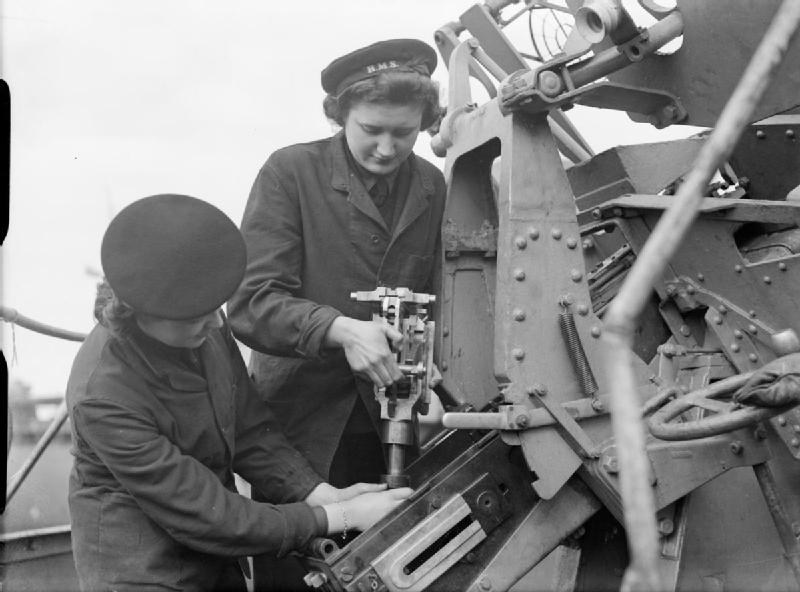 |
Two Ordnance Wrens in Liverpool reassemble a section of a pom-pom gun during the Second World War |
However, whilst this was a start the situation was still far from ideal. Women were not allowed to be commissioned; their officers had authority over other unformed women only and did not wield the King’s authority in the same manner as their male counterparts. Likewise, female NCOs did not hold the equivalent rank of uniformed males and had no authority over them at any level. In April 1941 this was finally remedied and the role of women received some further recognition, but female officers were still not entitled to a salute. Wages were also left unaddressed; on average women received two thirds of the rate of pay of the men they worked alongside in the same trade.
Within the aviation sphere, one of the most important roles carried out by women of the ATS was manning anti-aircraft defenses. Initially, this was mainly confined to manning searchlights but later the role expanded to cover AA gun emplacements. Whilst under the letter of the law from rules and regulations women were not allowed to operate weaponry, there is plenty of anecdotal evidence to show that, when enemy bombs started falling, female members of the ATS and WRNS did fire AA guns in anger at enemy aircraft.
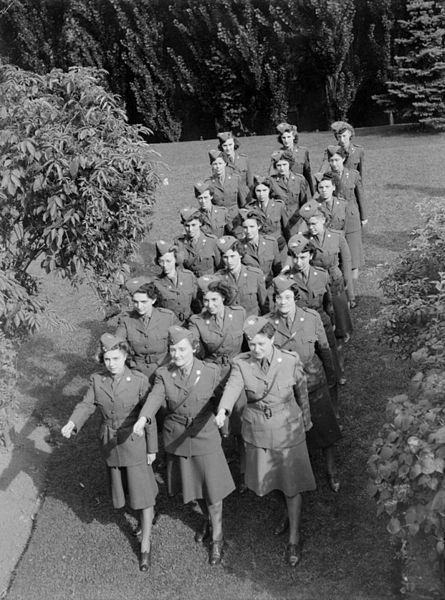 |
Members of the Canadian Auxiliary Women's Corps in August 1942 |
Within the WRNS, ‘Wrens’ were initially employed in Naval Air Squadrons as parachute packers and aircraft battery chargers. These roles increased so as by 1944, women could serve in every unspecialized branch of aircraft maintenance within the Fleet Air Arm. Those who were trained in radio servicing would carry out their servicing on the ground and in the air, and so became amongst the first female military aviators in Britain. Within the RAF, WAAFs were employed in 75 trades ranging from meteorology, staffing ground radar stations, aircraft maintenance through to Sector HQ plotting tables. Three members of the WAAF would be awarded the George Cross; 100 Wrens were killed during the course of their duties and over 700 members of the ATS.
Whilst not a part of the military, one organization which did allow women within its ranks and did receive very positive media coverage in Britain was the Air Transport Auxiliary. Both male and female pilots of the ATA flew new aircraft from factories to squadrons, ferried aircraft from station to station and flew repaired and damaged aircraft between maintenance units. Only some 10% of ATA pilots were female, but their contribution was vital and groundbreaking. The ATA did, at least, by 1943 give equal pay to female pilots. 15 were killed during the course of their duties, including the world famous pre-war aviatrix Amy Johnson.
Similar services were established within other Commonwealth nations; the Canadian government founded the Canadian Women’s Army Corps, the Women’s Royal Canadian Naval Service and the Canadian WAAF. Australia, likewise, saw the introduction of the Australian Women’s Army Service (AWAS) and equivalent branches for the navy and air force. New Zealand and South Africa were quick to employ their own women within their respective militaries following the outbreak of hostilities, with India and Burma also forming women’s corps in 1942.
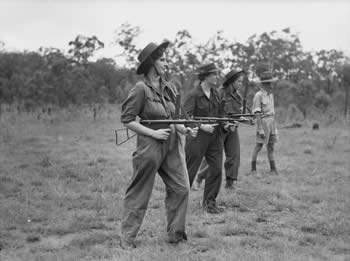 |
AWAS with Owen guns. Members being instructed in the use of the Owen gun at Belmont, Queensland |
For the United States military, things were a little more hesitant. A bill to Congress introduced in May 1941 to propose women being employed in non-combatant roles met with significant resistance, and was only passed by 11 votes. The Women’s Army Auxiliary Corps finally came into being in May 1942. Standards for entry were high and in the opening months, 90% of American women joining the WAAC were college graduates. By April 1945 nearly 100,000 women had joined the WAACs. Women’s auxiliaries also existed for the US Navy, Coast Guard and US Marine Corps. The Women’s Airforce Service Pilots, or WASPs, was an organization of over 1000 female pilots who were employed to ferry military aircraft. They flew over 60 million miles and suffered 38 deaths. Similar to the pilots of the British ATA, WASPs had to be capable of flying any aircraft in their nation’s inventory: this could include dropping off a damaged P51 to then pick up a freshly repaired B17 to ferry to its squadron.
This wide range of duties was not restricted to the allies: in Germany, the Luftwaffe-Helferin was established in 1940 with the aim of freeing men up for combatant roles. What started as a predominantly clerical and secretarial branch grew to include mechanics and AA searchlight operators. In Germany, it was even possible to become a female jet test pilot.
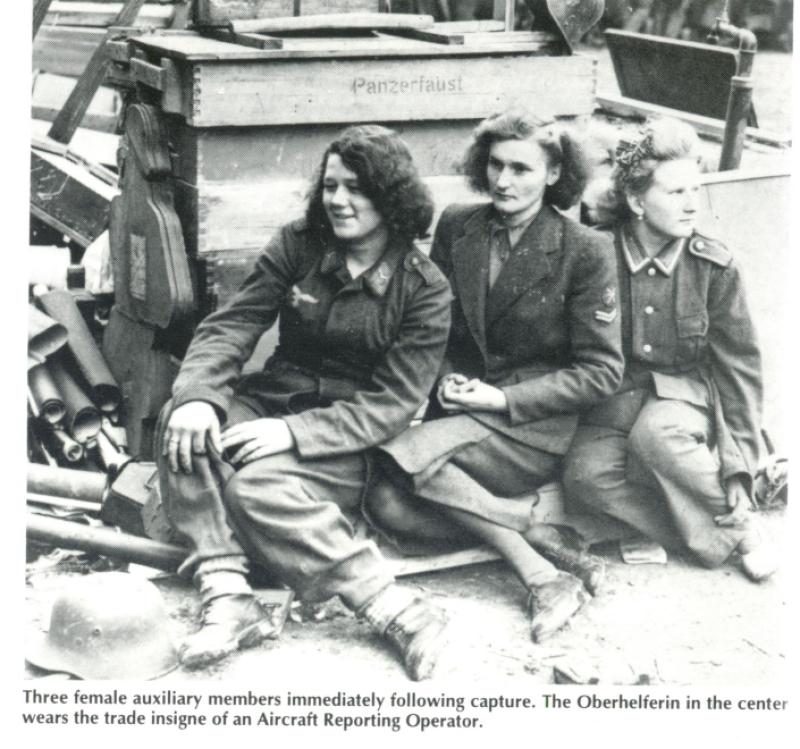 |
Tragically, women in the military not only had to face the same dangers of enemy action as men and reduced pay and rank privileges as well: they also had to face crass and unfounded accusations from their own governments. In Britain, a parliamentary committee was set up to investigate accusations of gross promiscuity, drunkenness and misconduct and illegitimate pregnancy within the ATS, WRNS and WAAF. The findings were presented in August 1942; it was statistically proven that these accusations were utterly slanderous. In the United States, newspapers and radio stations announced that 90% of WAAC women were prostitutes – again, a horrific and unfounded allegation which was bitterly insulting to brave servicewomen who already had enough to endure.
Whilst women of many nations volunteered to face the same dangers as men and, in thousands of cases, gave the ultimate sacrifice for their country, progress and acceptance would be unjustly slow. Thankfully, the hardships endured by previous generations have laid the foundations which now see women rising to higher and higher ranks within militaries across the world.
About The Author
 |
Mark Barber, War Thunder Historical Consultant Mark Barber is a pilot in the British Royal Navy's Fleet Air Arm. His first book was published by Osprey Publishing in 2008; subsequently, he has written several more titles for Osprey and has also published articles for several magazines, including the UK's top selling aviation magazine 'FlyPast'. His main areas of interest are British Naval Aviation in the First and Second World Wars and RAF Fighter Command in the Second World War. He currently works with Gaijin Entertainment as a Historical Consultant, helping to run the Historical Section of the War Thunder forums and heading up the Ace of the Month series. |



